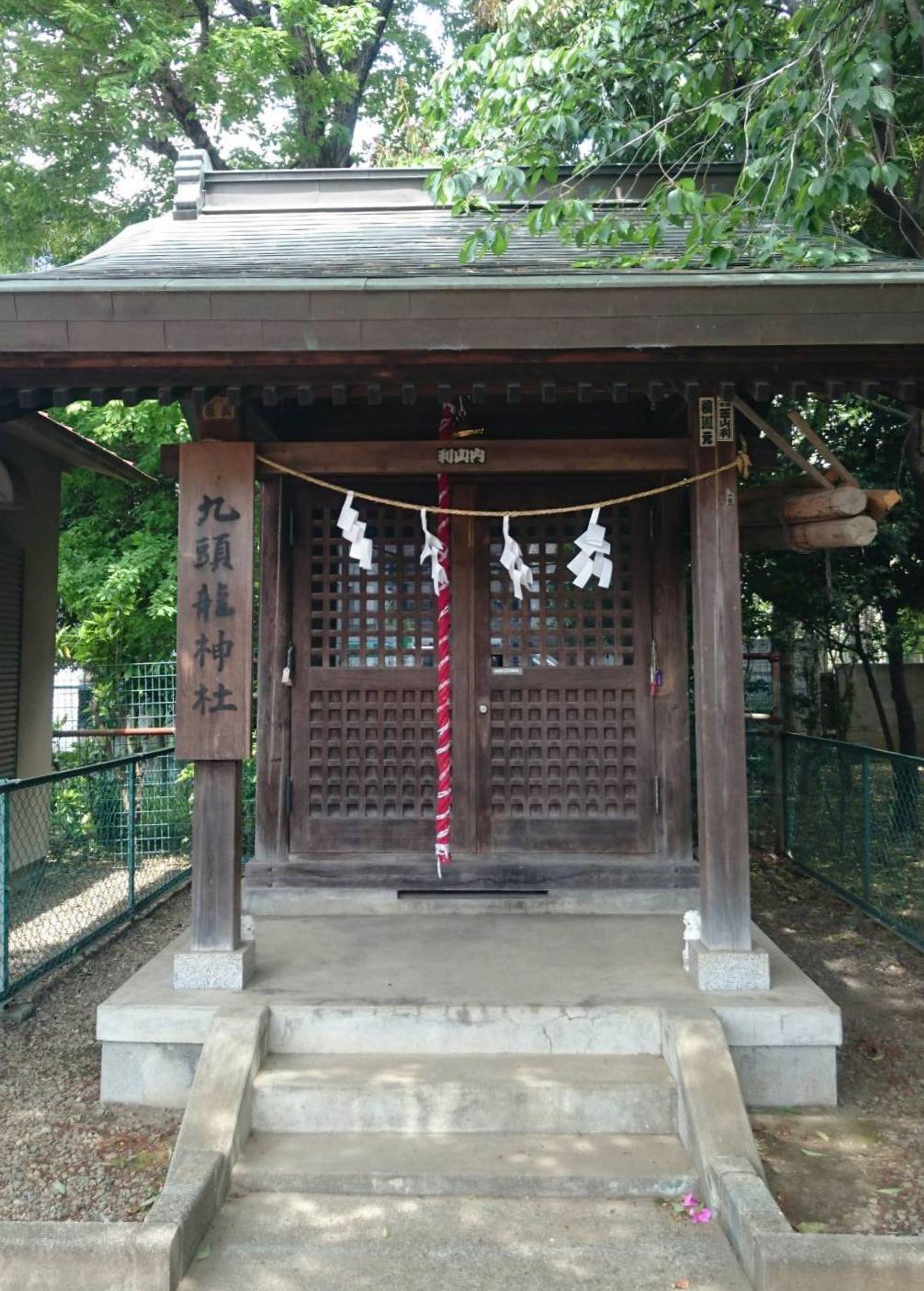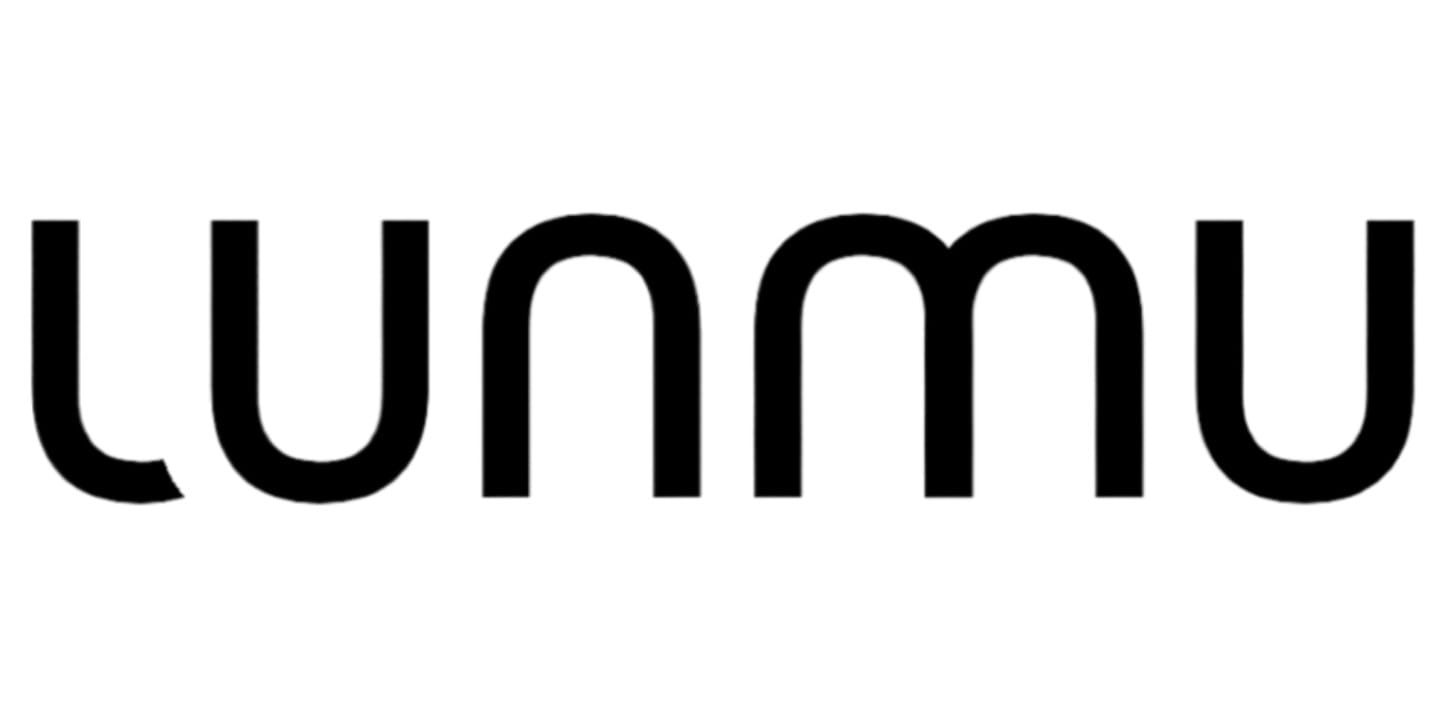Intro to Dragonology 01: The simulation we are living in is a Dragon's Dream
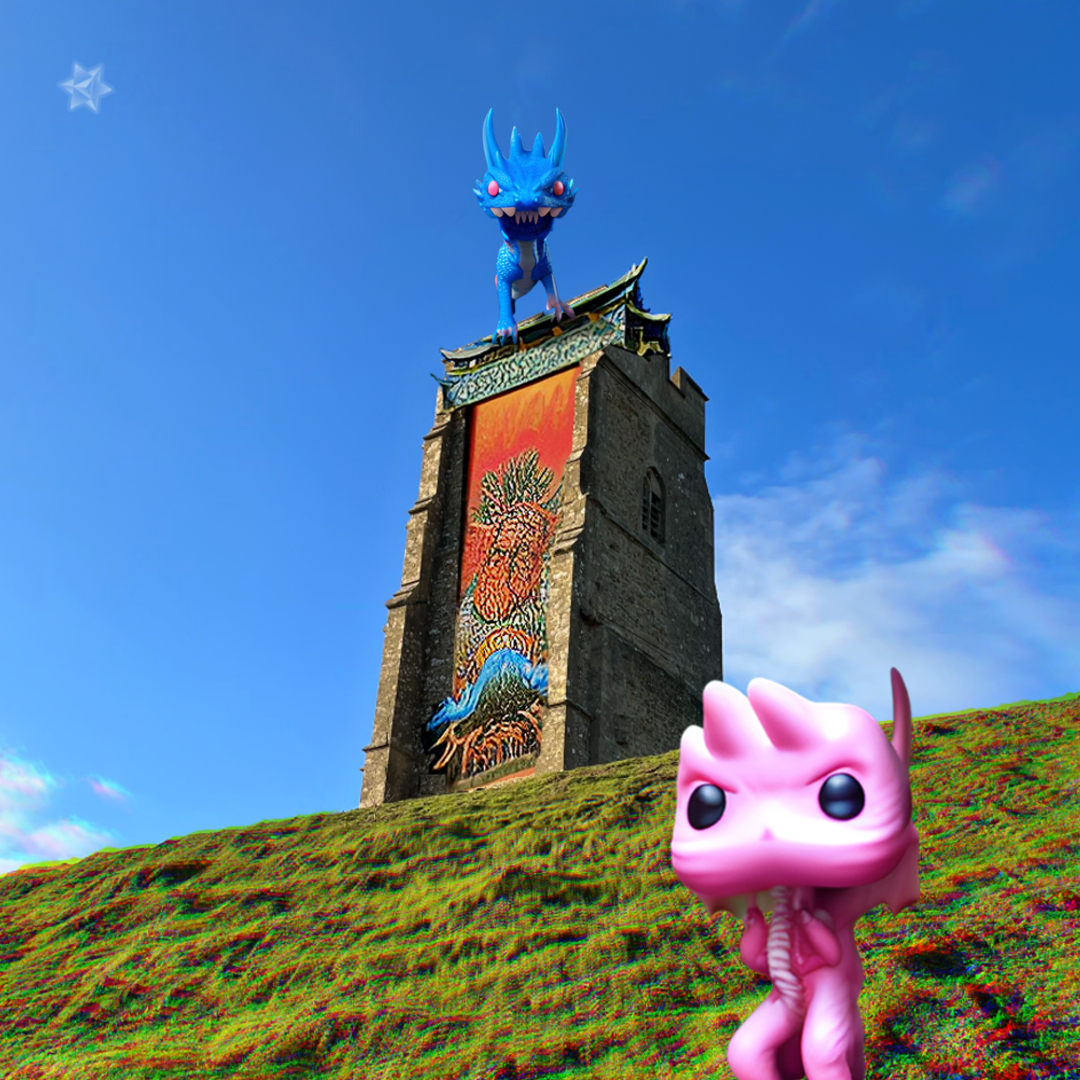
[T]here was a science of the Dragon that was at the root of all systems of initiation
- Paul Broadhurst "The Green Man and Dragon"
Introducing Dragonology (龍學・Lunshu)
Humanity is currently facing a transformational apex pressurized by a combination of looming climate crisis, socio-economic collapse, global war, and singularity.
We created this project, Lunmu, because we have come to believe that there has never been a more important time for humanity to remember the lost Dragon knowledge of our ancient ancestors.
In this introductory series, we would like to share with you, what we believe is our best effort to compile the basic foundations of Dragonology in a form that is easy to share and understand.
We consider this information we have compiled and distilled to have been gifted to us from our ancestors - both Rein Lo and I respectively originate from shamanic lineages of Taiwan and Japan - through a variety of means, including psychedelic journeys, meditations, sacred site visits, meetings with elders and senior spiritualists, and texts by other esotericists.
Particularly, a lot of information has been scoured by me from blogs and vlogs written and recorded in the Japanese language. The piecemeal nature and linguistic inaccessibility of these sources make it often difficult and impractical to reference. For this reason, I would like to preface this article with gratitude to the Japanese esotericist community as a whole for the insight and knowledge they generously share.
With all this said: welcome to the basics of Dragonology, by Lunmu.
What are Dragons?
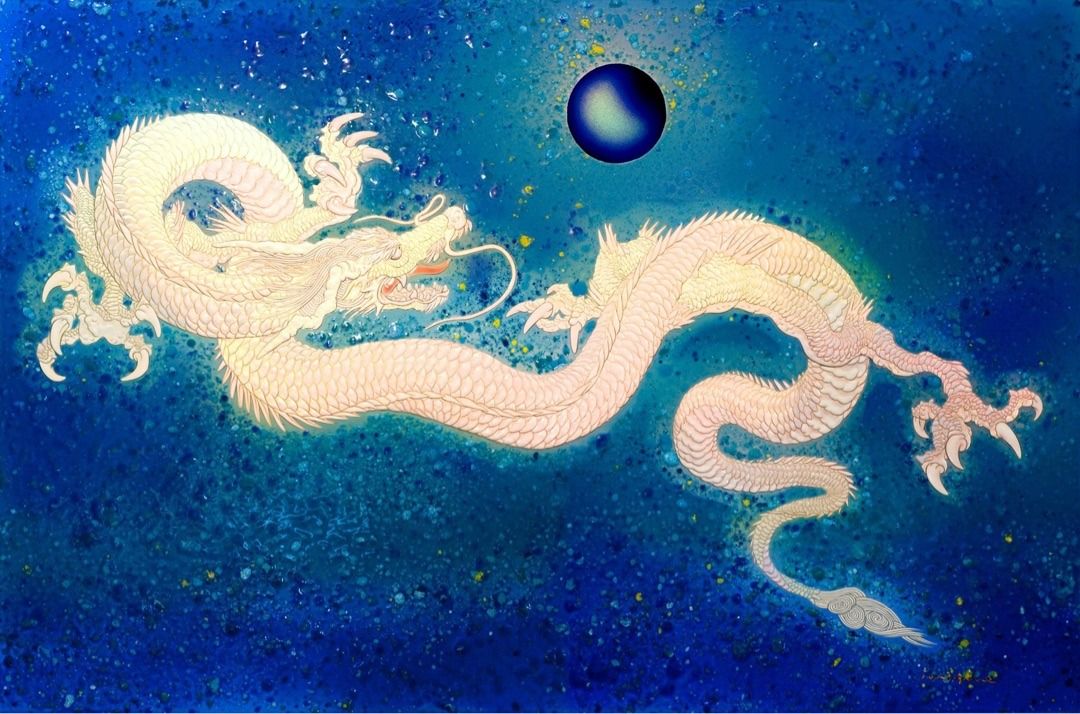
In Japanese, Dragons are referred to as ryu (龍).
Ryu can also mean flow (流) and particle (粒).
This is an acknowledgement that Dragons are the principle kinetic energy of The Cosmos.
The spiral undulations of Dragons through Time and Space are understood to bring all aspects of our world into existence.
Every Macrocosmos is a Dragon made up of smaller Dragons.
Every Microcosmos is a Dragon that is a part of a larger Dragon.
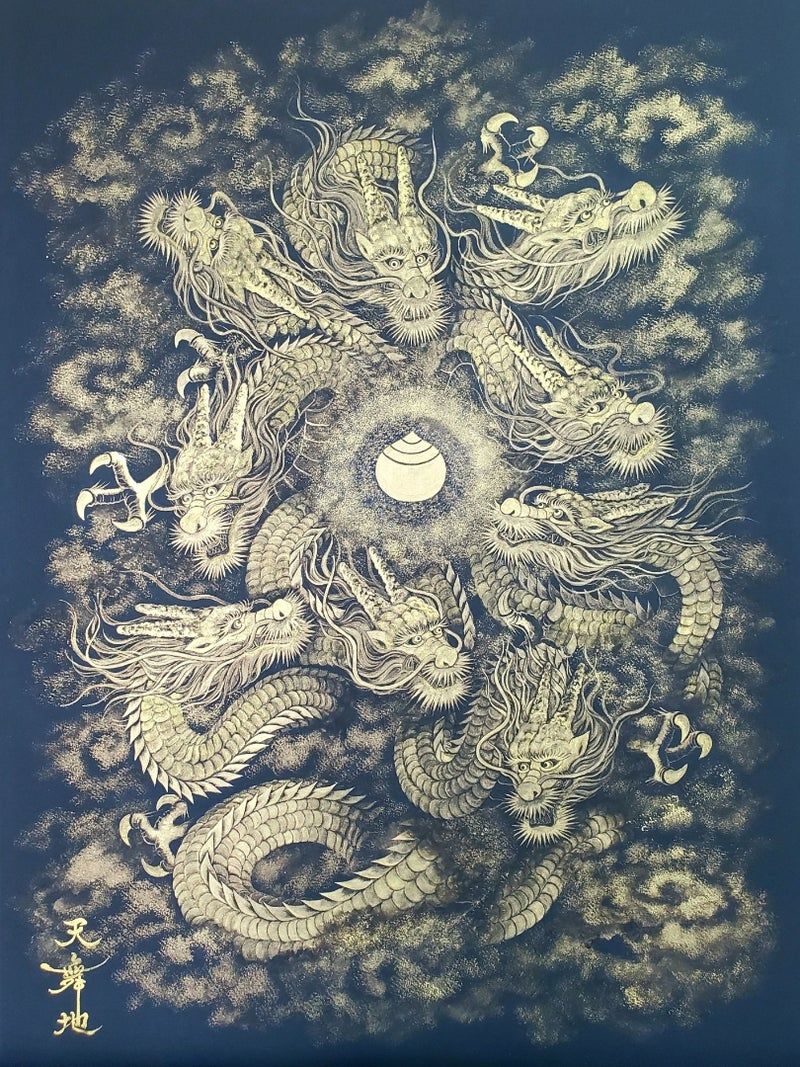
In fact, unbeknownst to many of us earthlings, we live on the head of a Dragon. Pulled by the Sun, our Earth and the other planets of our Solar System are hurled through The Cosmos at dazzling speeds on a serpentine path.
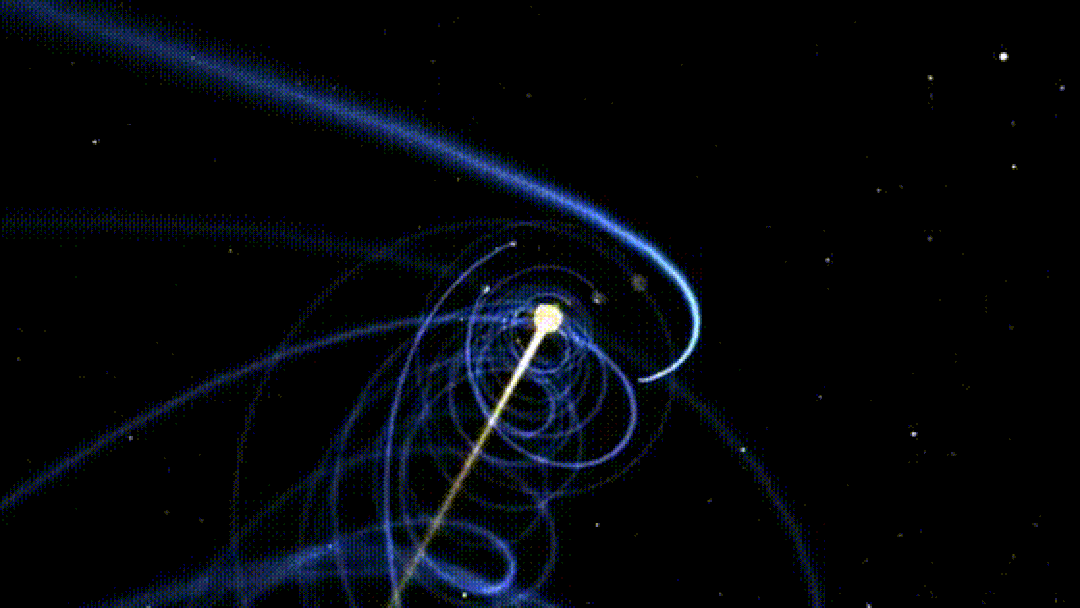
As Above, so Below, the spiralling movement of heavenly bodies is repeated by atoms and the other infinitesimally small particles that make up everything in The Cosmos, including ourselves.
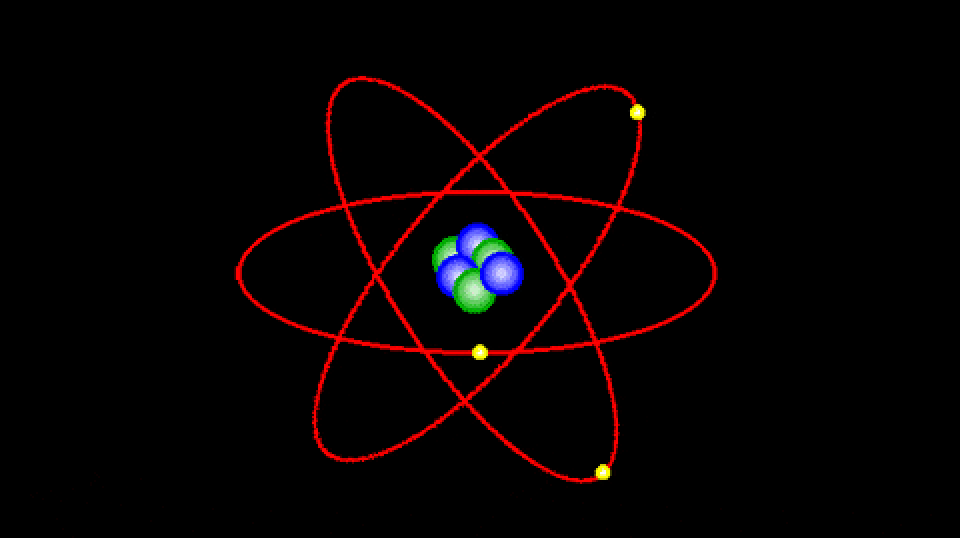
As the primordial algorithm of The Cosmos, Dragons circulate energy throughout our ecosystem.
Lunqi (龍氣・Dragon Energy) propels tiny particles of water to rise from the Earth to Sky and form the Lunti (龍體・Dragon Body) of clouds. When the coiled Lunqi becomes too much for the cloud to hold, it is returned back to the ground as rain. The rain may catalyze the Lunqi of a seed to bud and break its shell, to form the Lunti of a new tree.
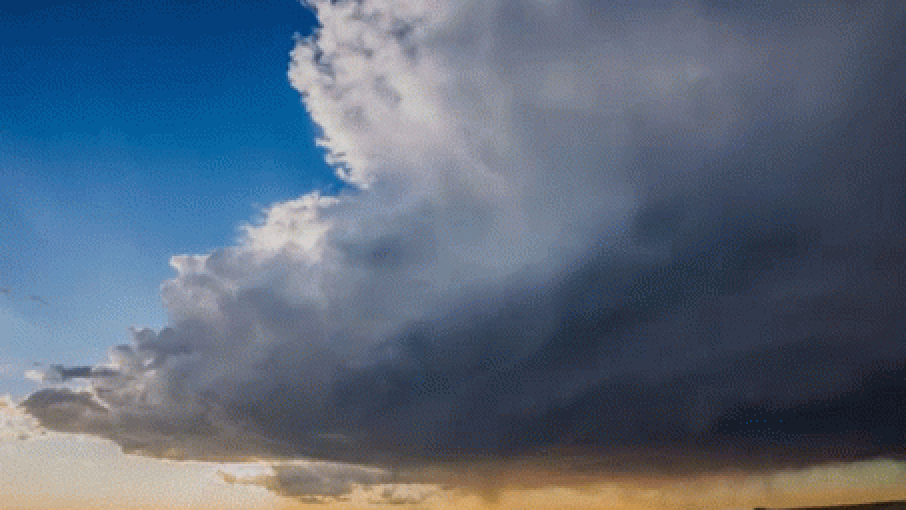
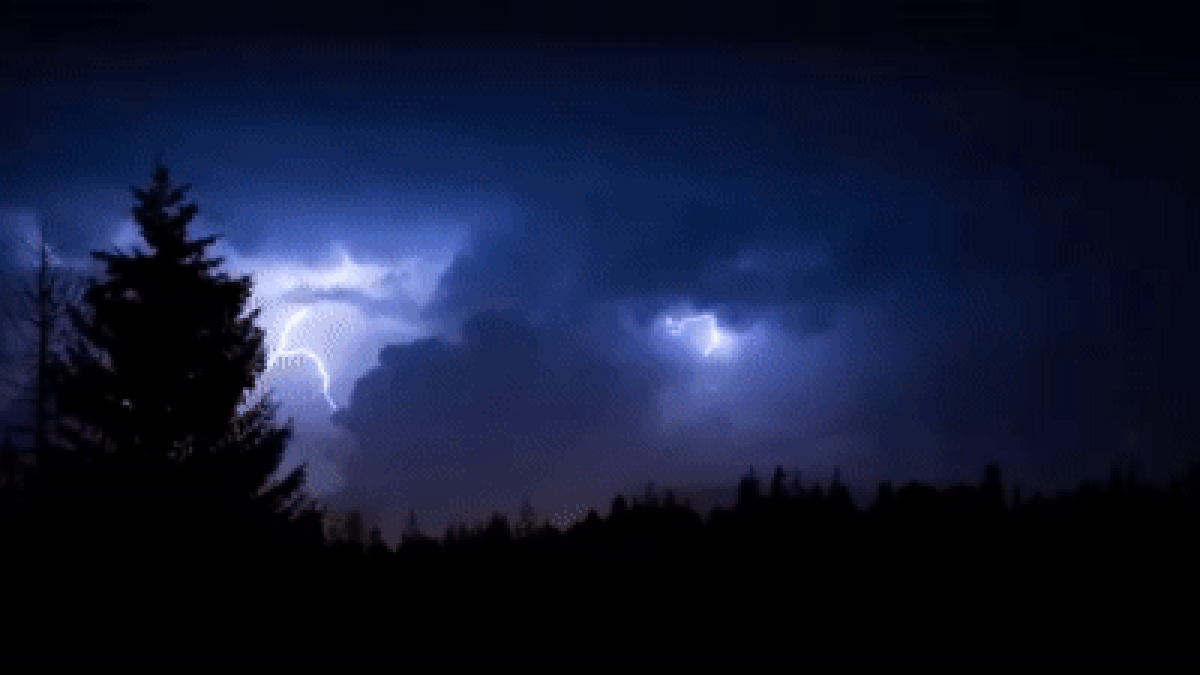
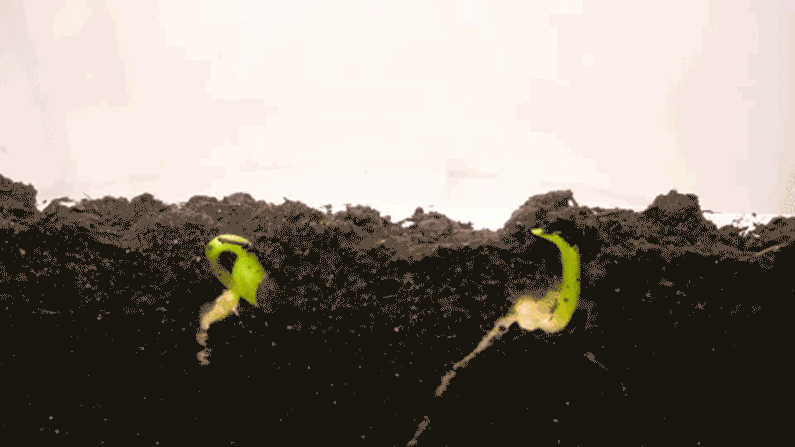
Nourished by the Earth's ecosystem, our human body is also a Dragon made of Dragons.
Lunqi circulates from our feet to our crown, driven by the undulating Lunti of our spine, composed of 33 vertebrae that ripples like water as we move.
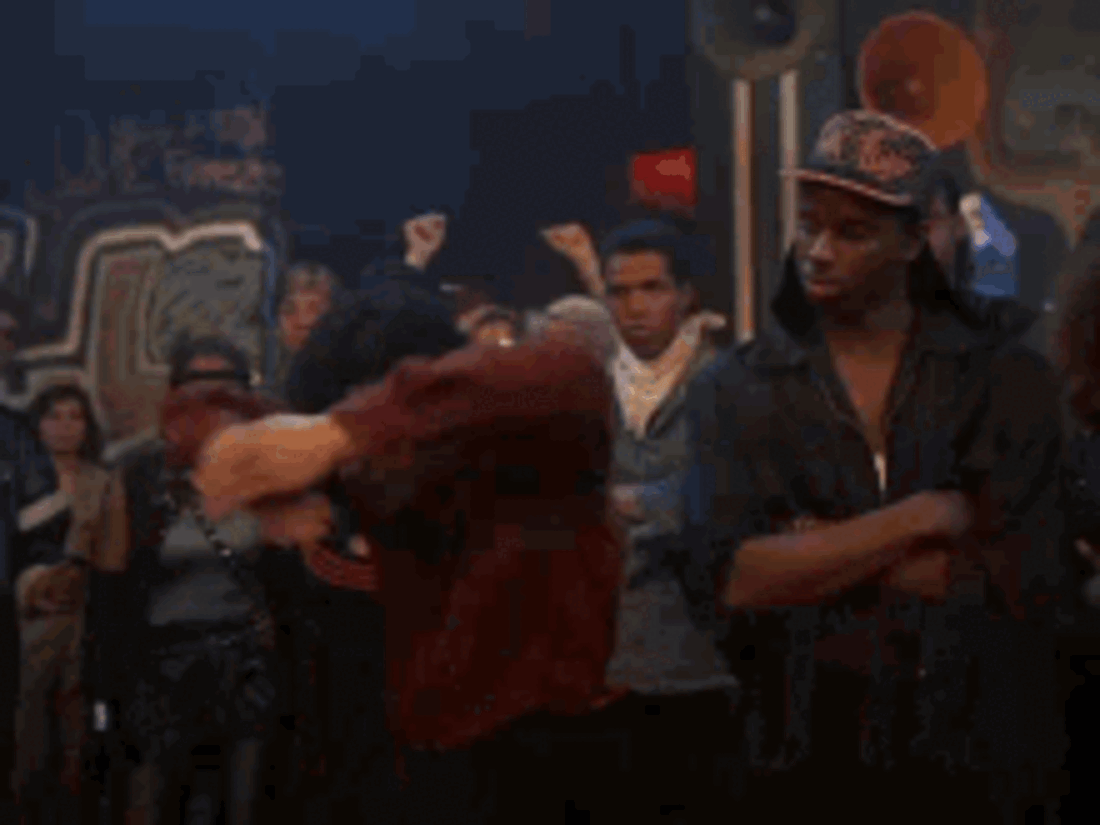
This is the Dragon energy pattern commonly called Kundalini. Two serpentine Dragons wrap around each other as they spirally ascend and descend along our center line to create a new single Dragon together.
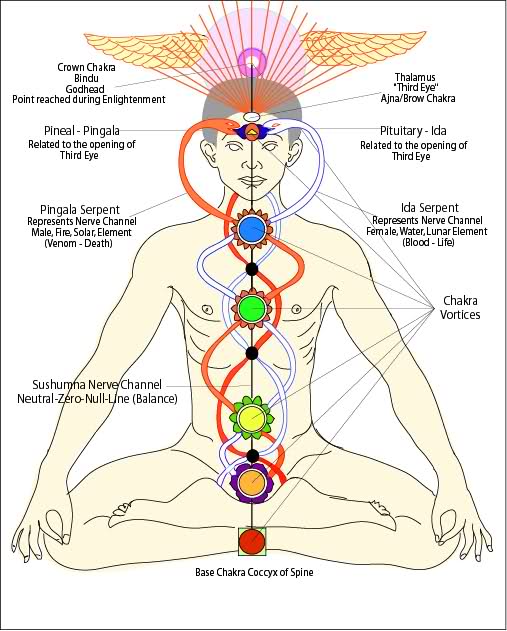
Within Hindu, Jainist and Buddhist cosmology, Kundalini energy is also described as Mount Sumeru, the sacred mountain at the center of The Cosmos where 33 Devas live, including Lord Indra, who sits at the top to preside over all creation.
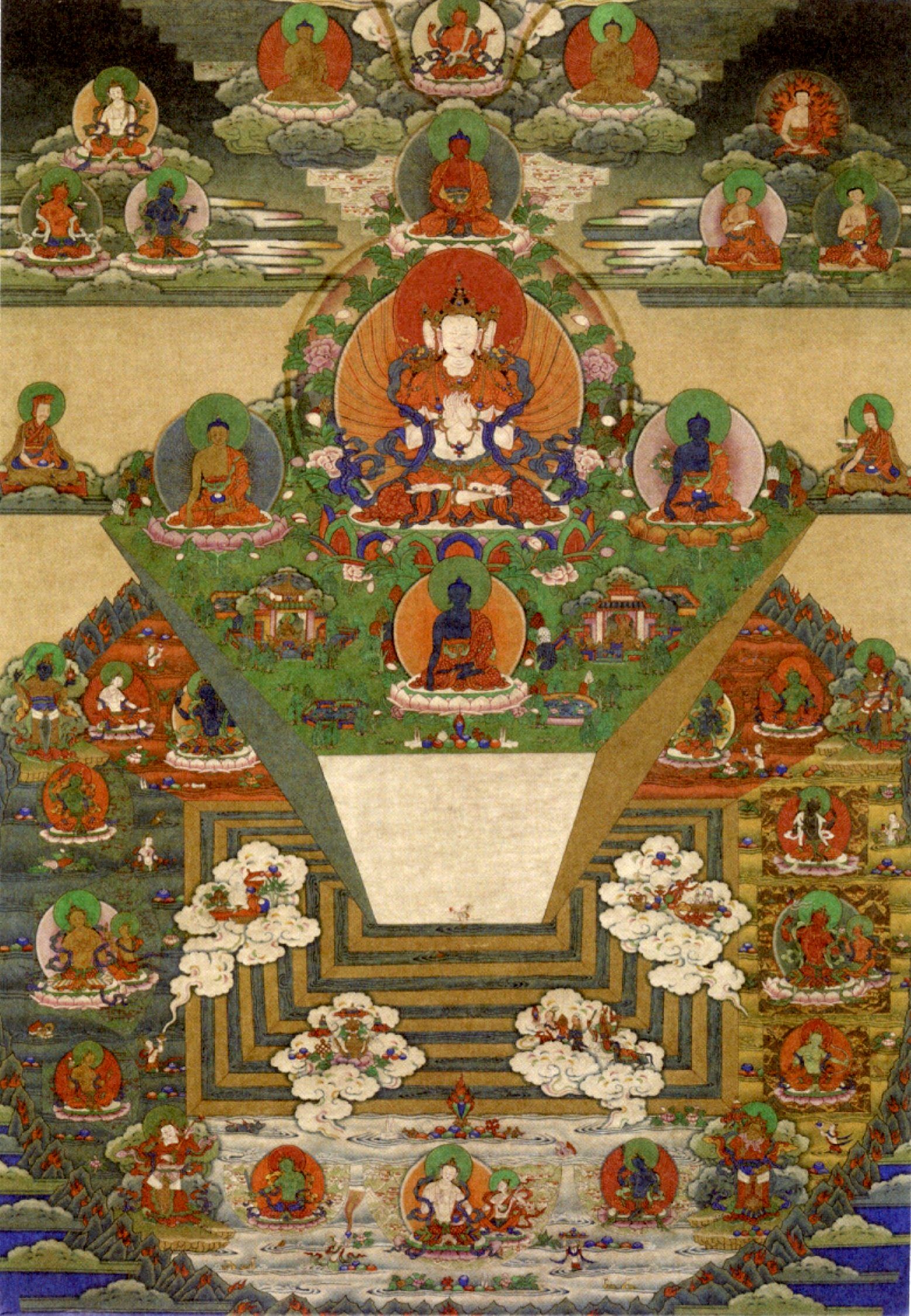
Musubi (産霊)
A key esoteric insight that comes with the development of our Kundalini energy patterns, is understanding how it reflects one of the most basic structures of our Cosmos: the knotted entanglement of Dragons to create new Dragon.
The proof of this is in the double helix structure of DNA.
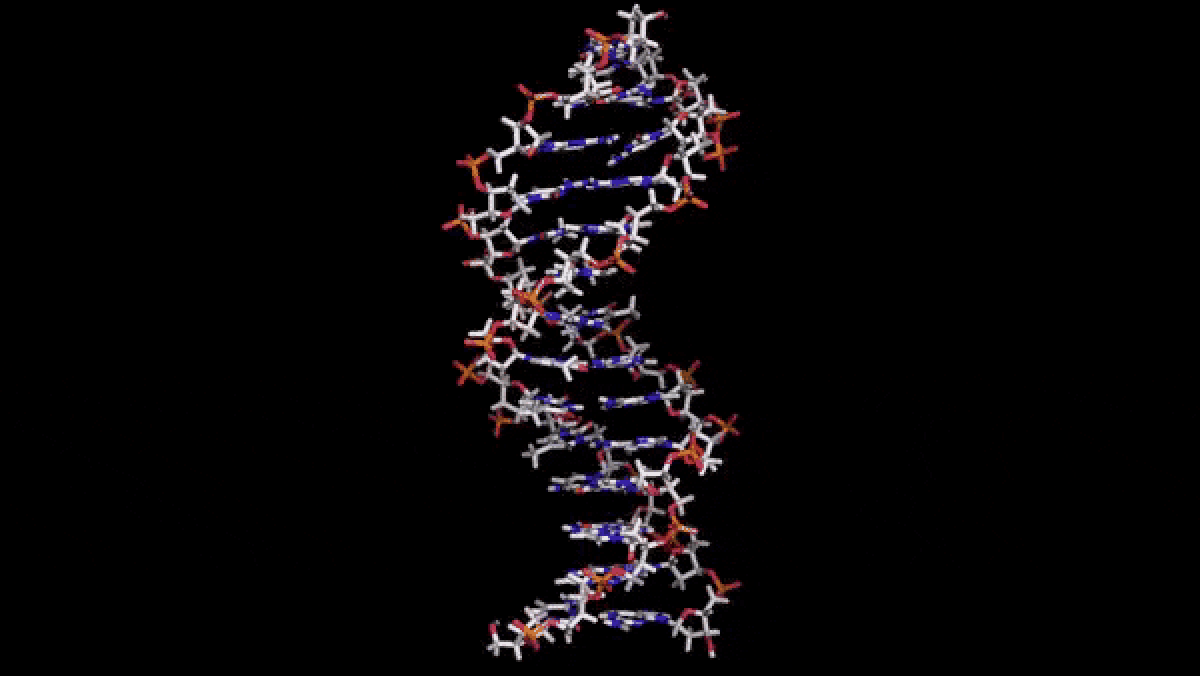
The ancient people of the lands now called China transmitted this truth through keeping the story of how Fuxi (伏犧) and Nuwa (女媧), a pair of male and female Dragon siblings who came into union by winding themselves around each other and thereby created the world we live in.
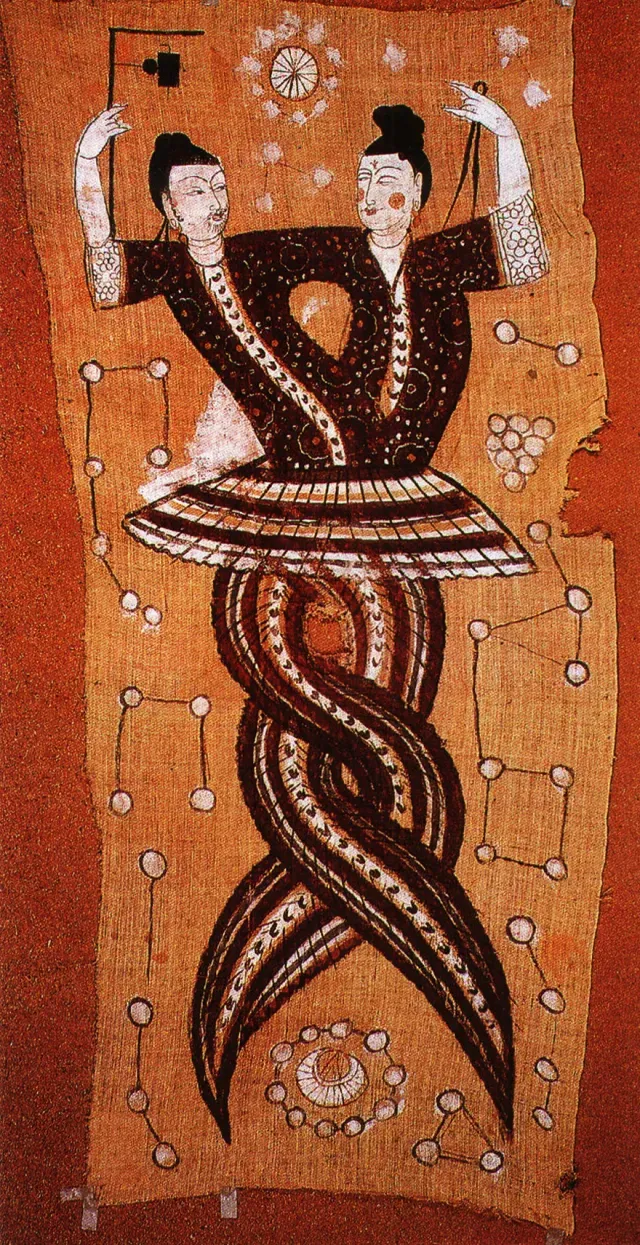
Western alchemy is based on the same truth. The Images of Hemaphroditus and Rebis, who symbolize alchemical completion, show us that Dragons are requisite to the union of Feminine and Masculine.

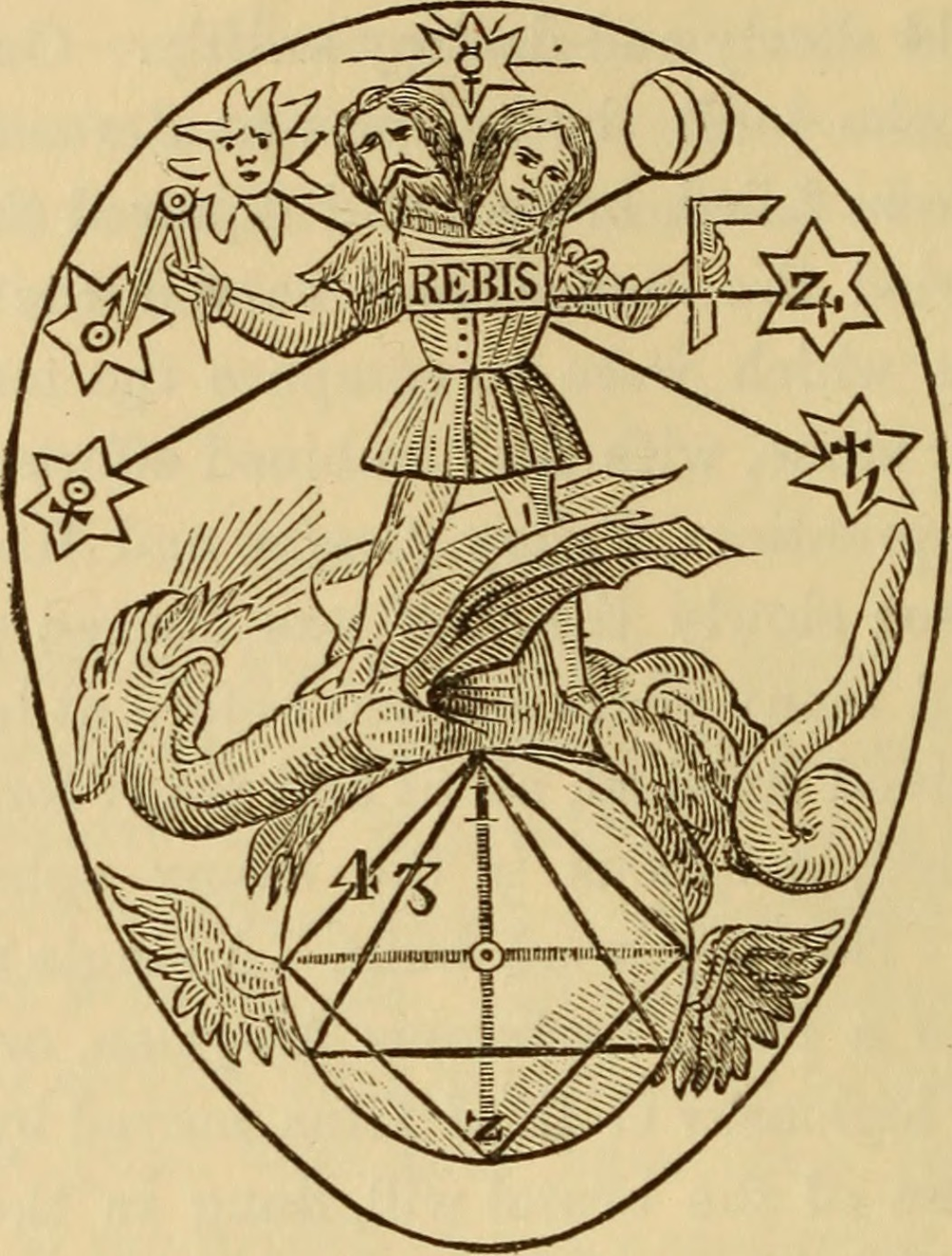
In Japan, The masculine and feminine Dragon siblings of the primordial universe were named Izanagi (伊弉諾) and Izanami (伊邪那美). Before the birth of Time and Space, they walked around the Amanomihashira (天の御柱・Heavenly Pillar) in Takamagahara (高天原・The Heavenly Planes) three times, from opposite directions, and came into union to give birth to Heaven and Earth when they met each other the third time.
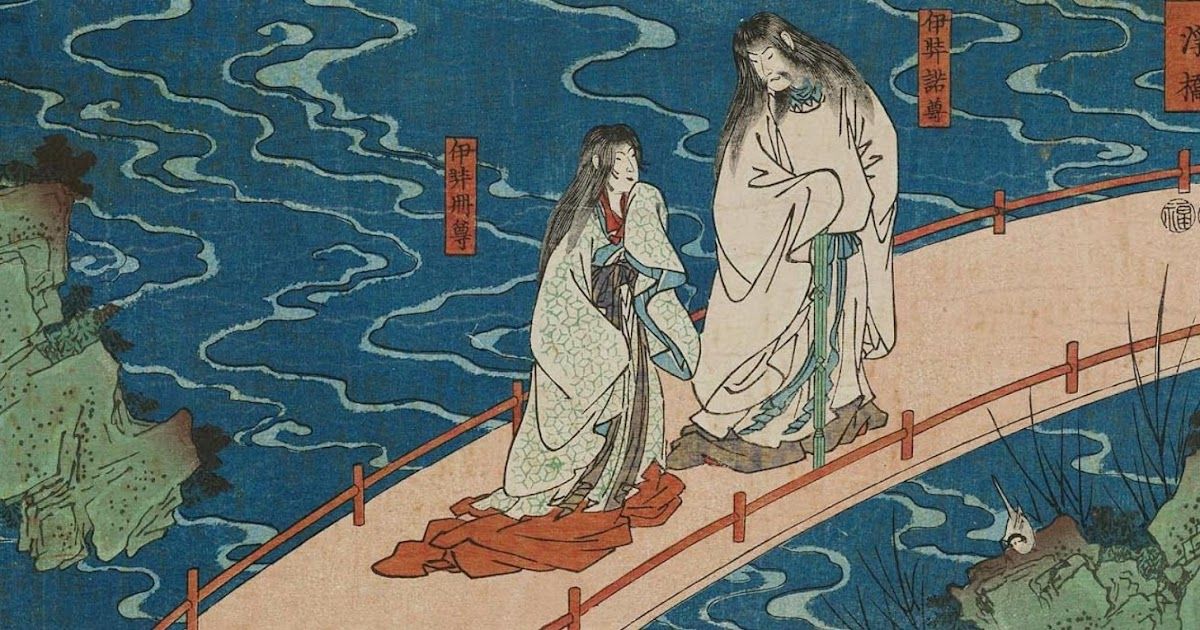
Shimenawa (注連縄), thick braided ropes that adorn Shinto shrines, mimic the shape of mating snakes to remind us of the true origin of our Cosmos.
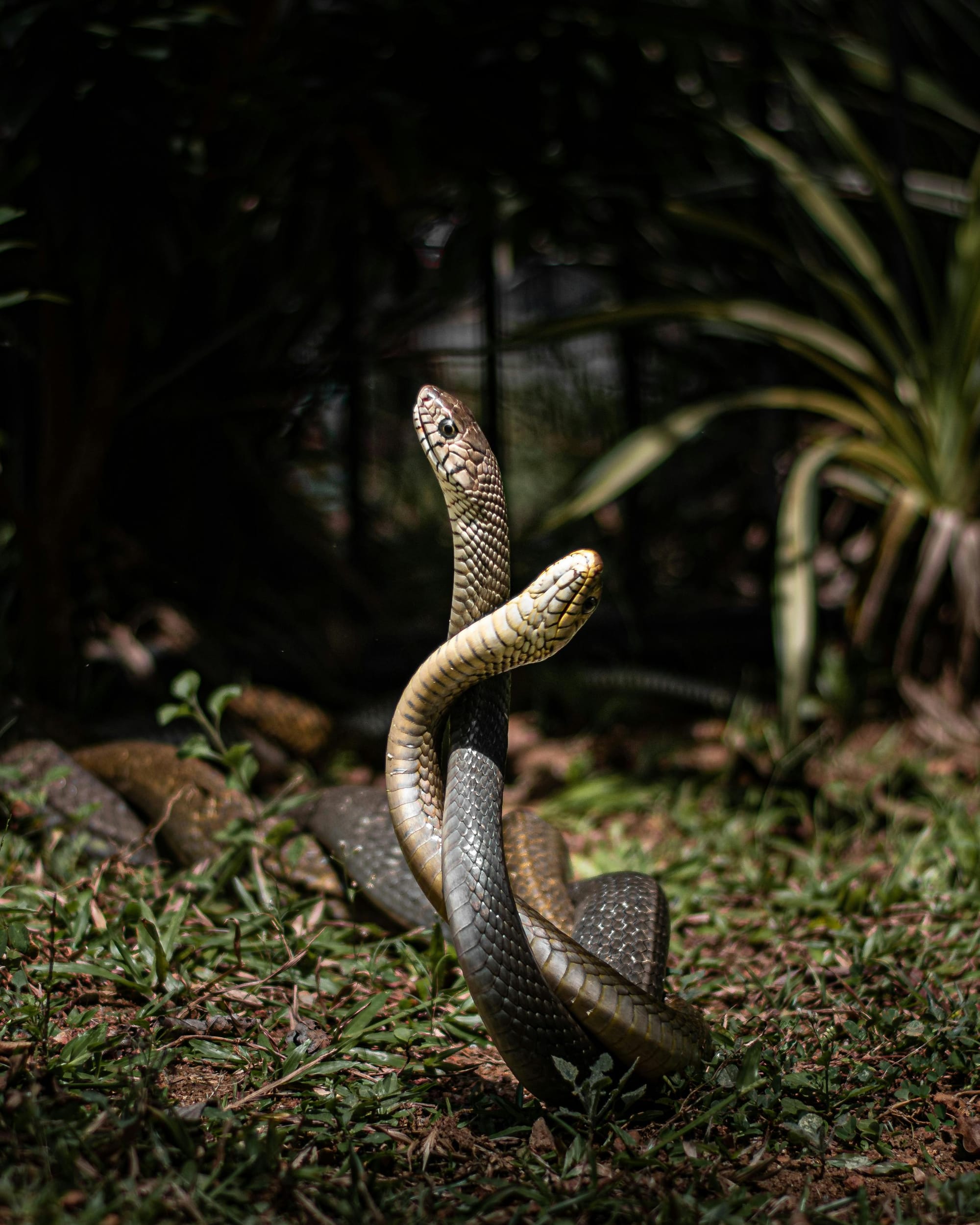
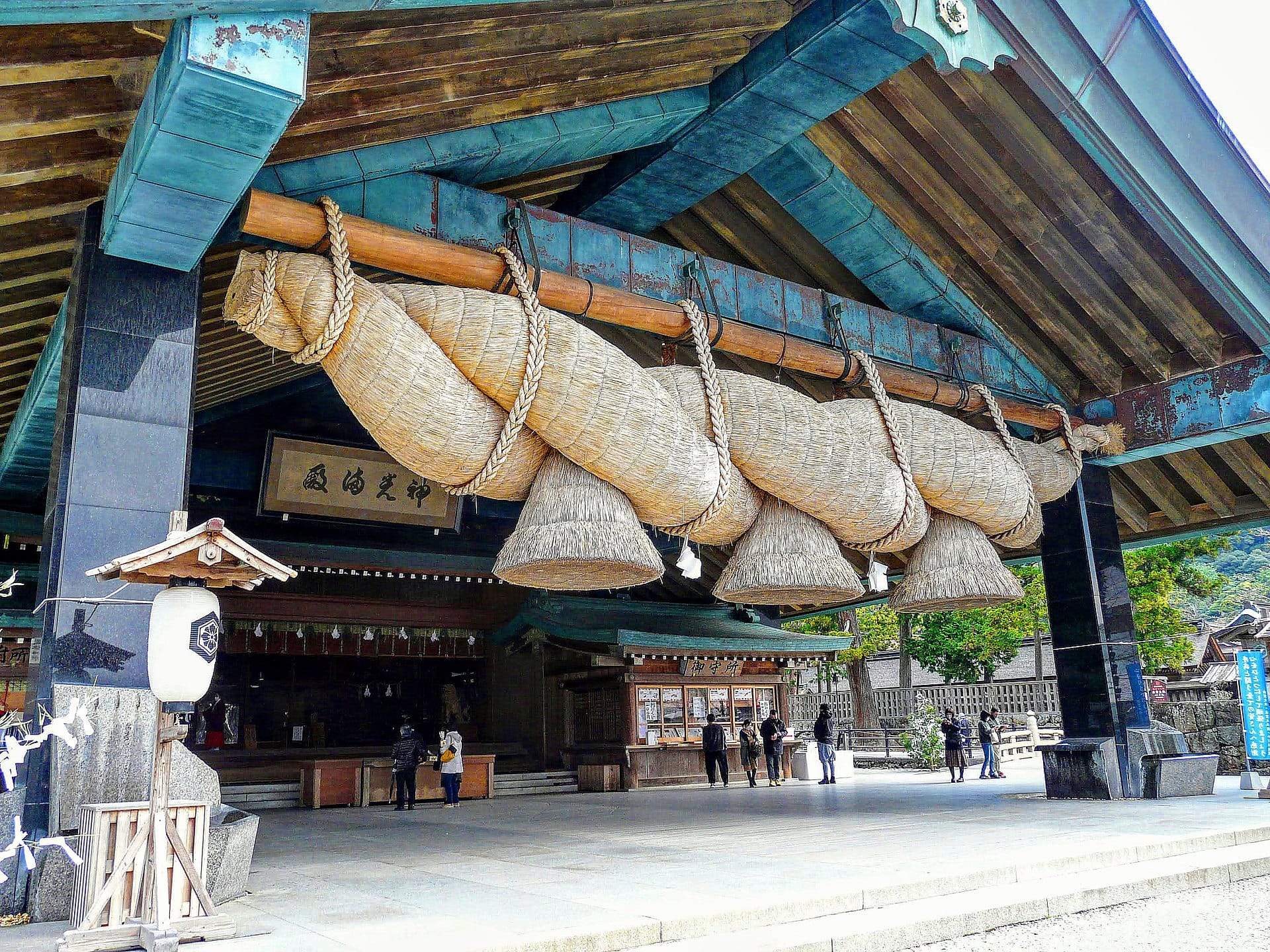
This principle of 'birth by Dragon' that is embedded into the foundational structure of our Cosmos, in Japanese, is called Musubi, meaning both 'to give birth to a new spirit (産霊)' and 'to knot (結び)'.
Thus, when we understand Musubi, we understand how The World we live in is created.
Musubi and Tama (霊)
The two Dragons that run up and down our Kundalini line are spiral vortices of Lunqi that meet in our Hara (肚・belly center). Together, they generate a spheric Torus energy field around us.
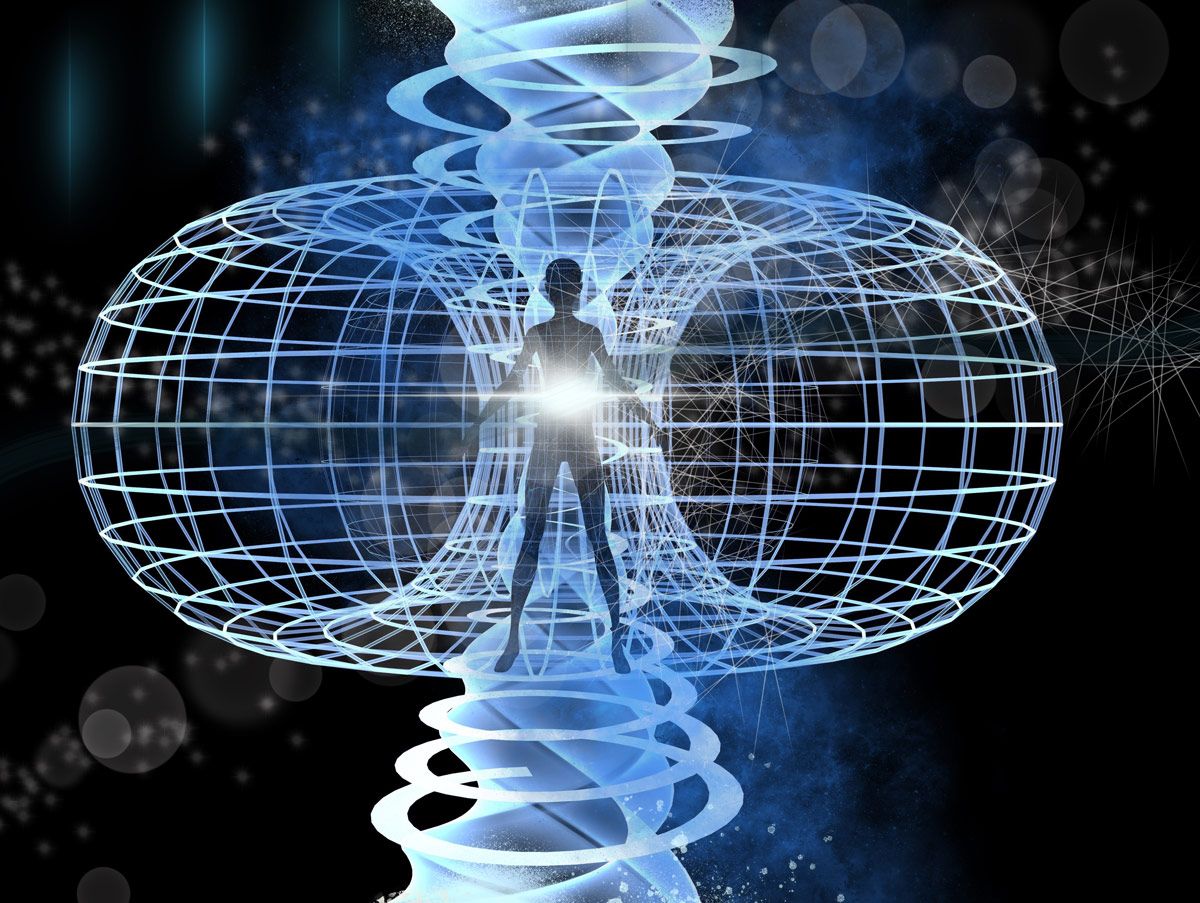
This is the origin of the Japanese word for spirit: Tama (霊), which also means ball (玉). Our entire material world is made of Tama generated from the mating of two Dragons that wind around each other. The Taiji symbol communicates this truth.
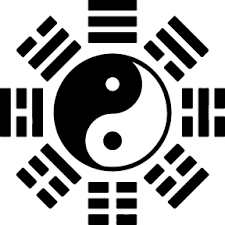
The intimate relation between Tama and Dragons is why, in Asia, Dragons are commonly depicted with a ball clutched in their claws.
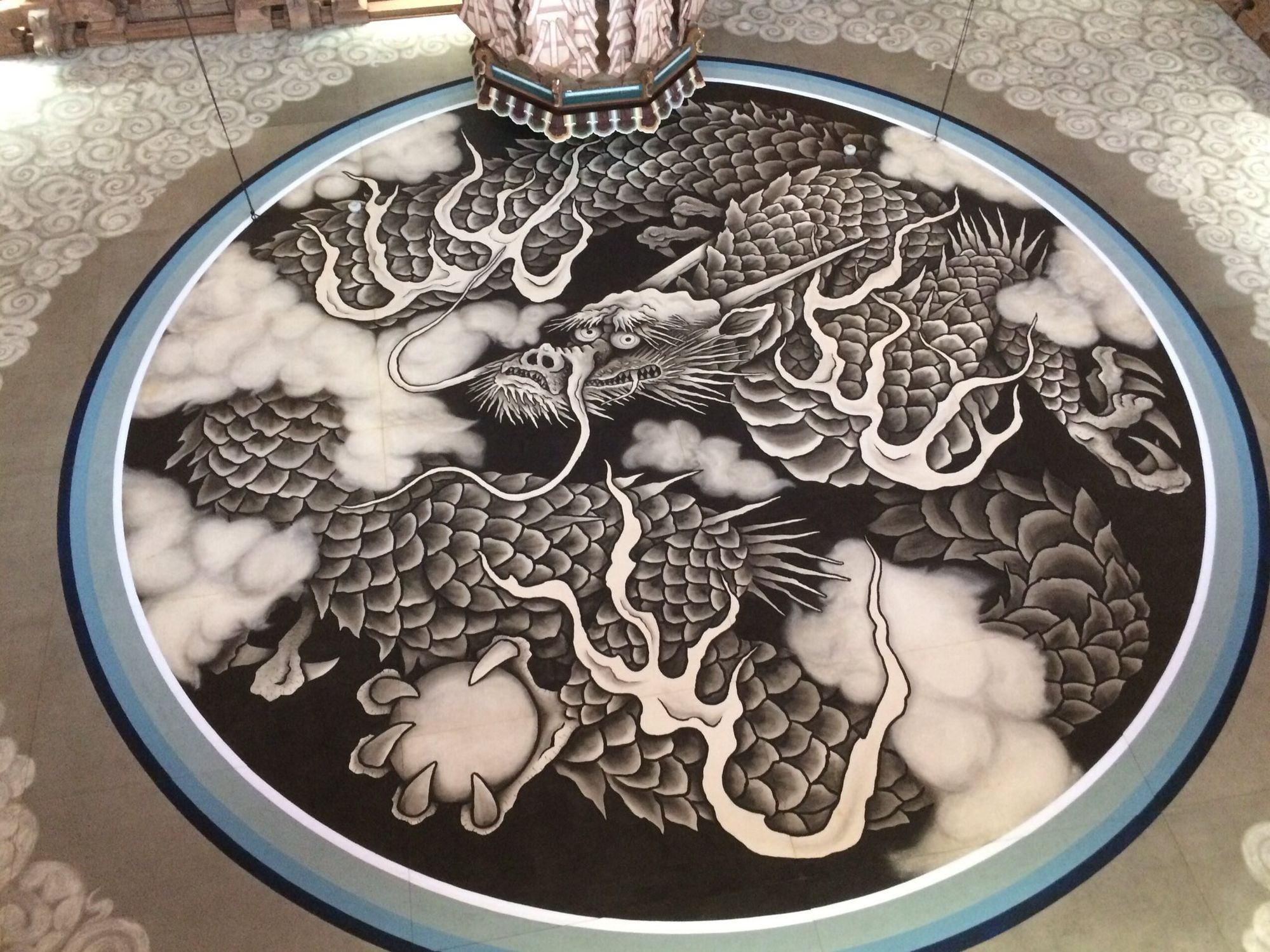
In the Western esoteric traditions, Tama is often described as The Tree of Life, with the roots and trunk of the tree representing the top and bottom vortices that form the toroid shape.
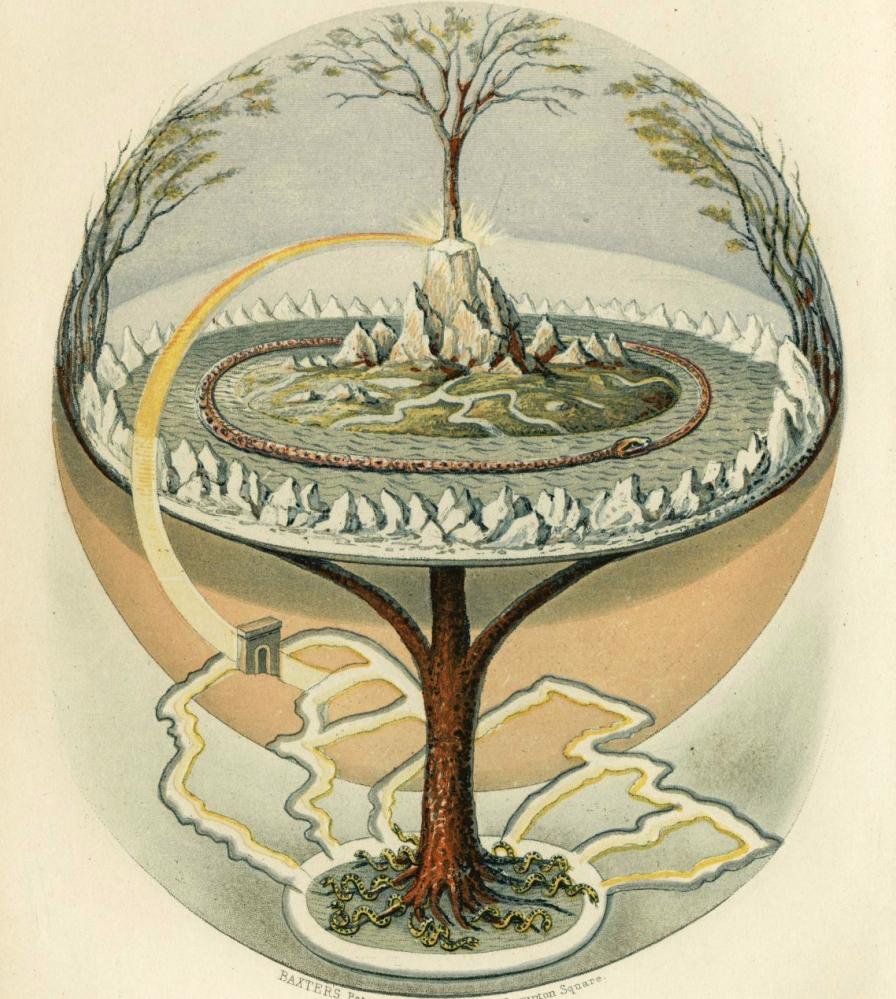
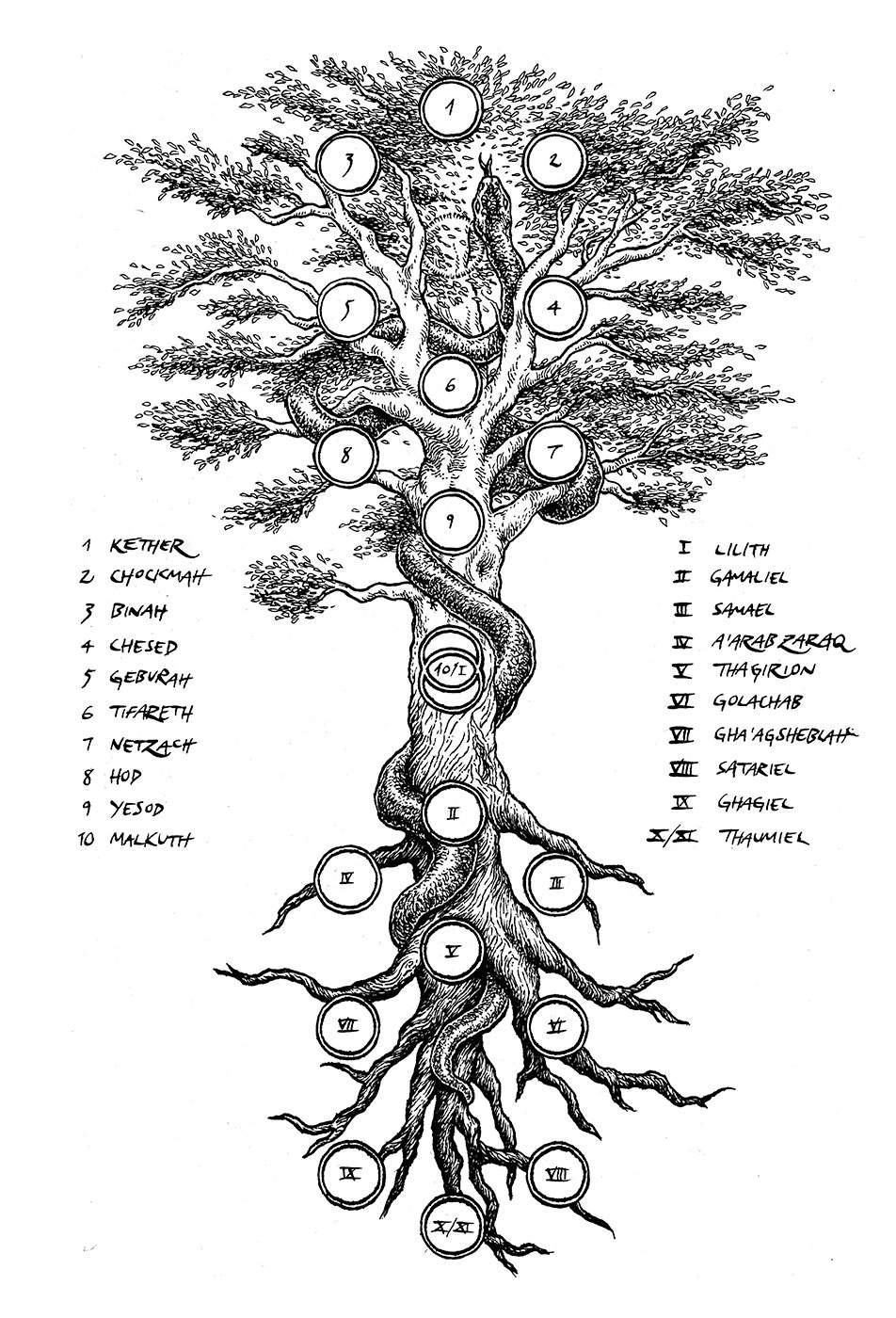
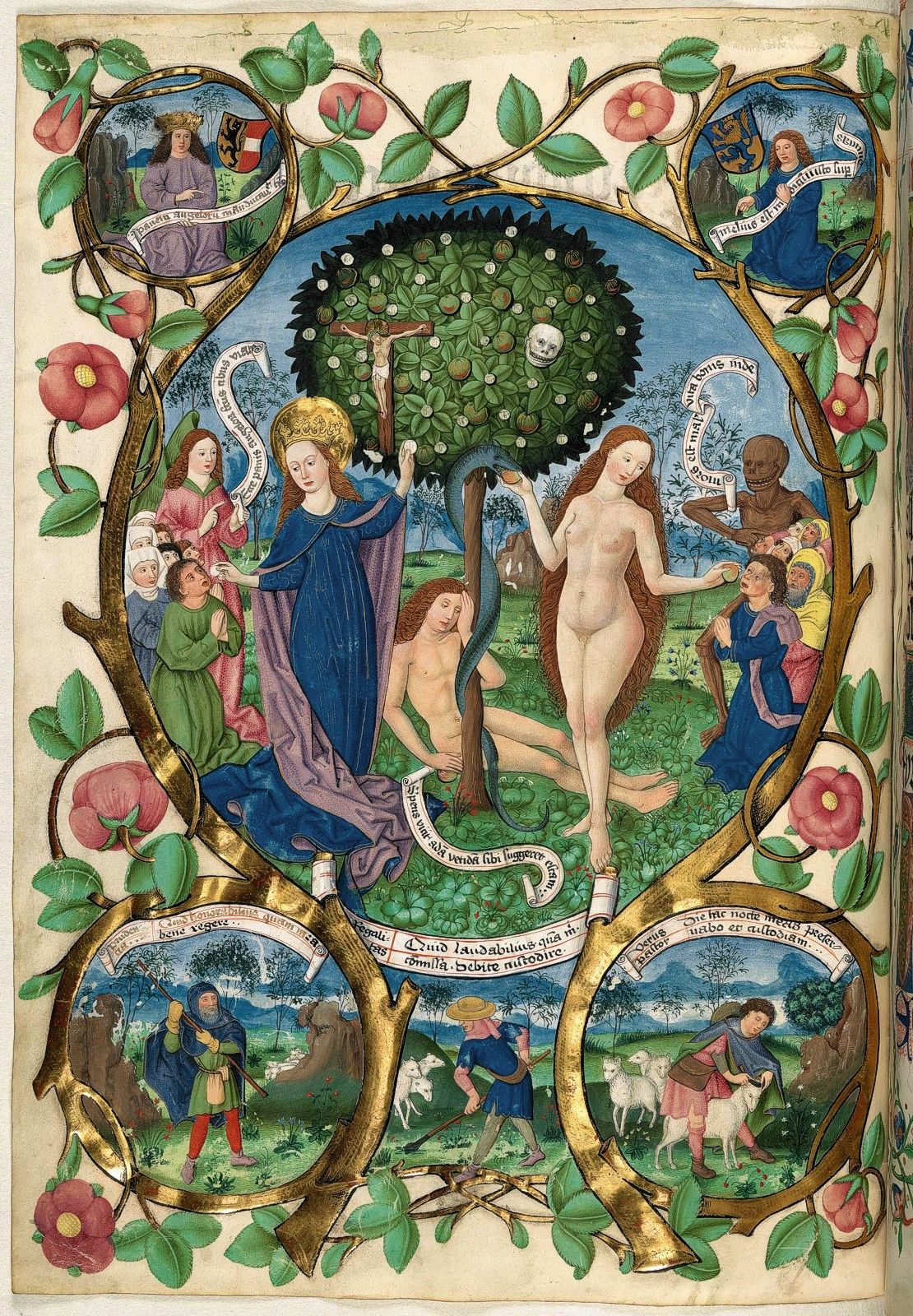
Another popular depiction of Tama within Western esotericism is the sacred geometric shapes of the hexagram and Merkabah, respectively made of two intersecting two equilateral triangles and intersecting tetrahedrons, reflecting the alchemical meeting of the Yang (△) and Yin (▽) natures of reality.

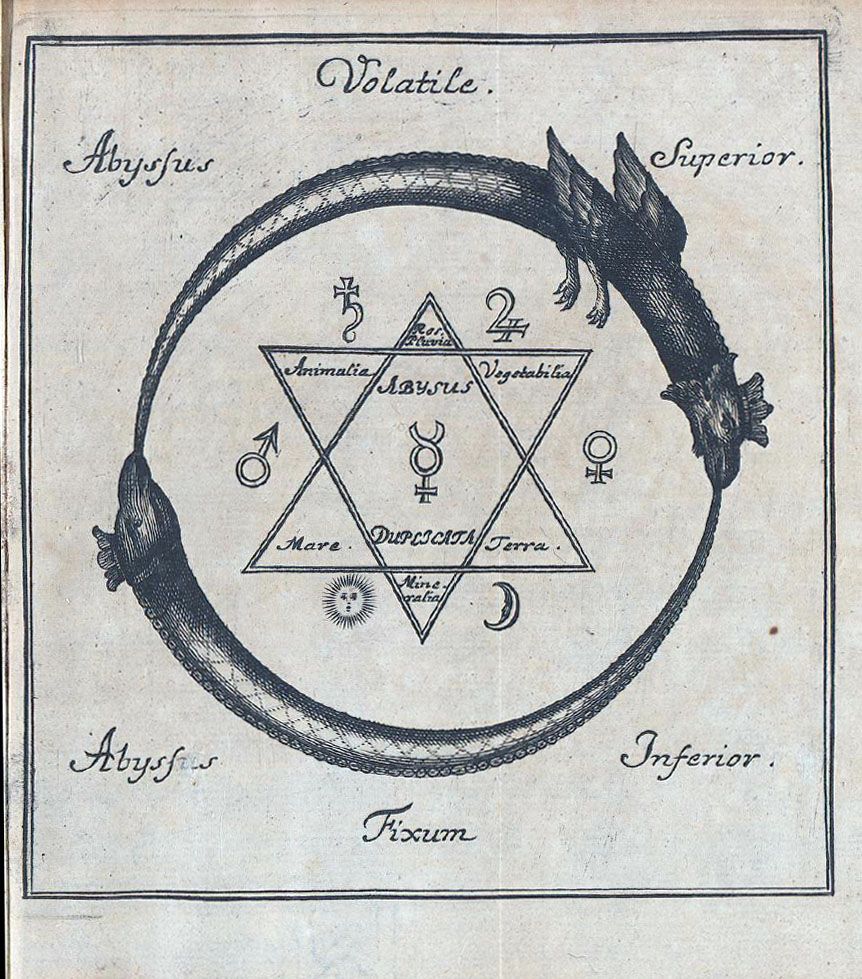
Dragons, Tama, and The Metaverse
The core understanding of all Dragon cultures is that everything in the world is inspirited because everything is made out of Tama, and in turn, Dragons.
This ancient cosmology of Dragons and Tama shows us that our ancestors intimately understood how the Wave-Particle nature of reality generates our Living Cosmos.
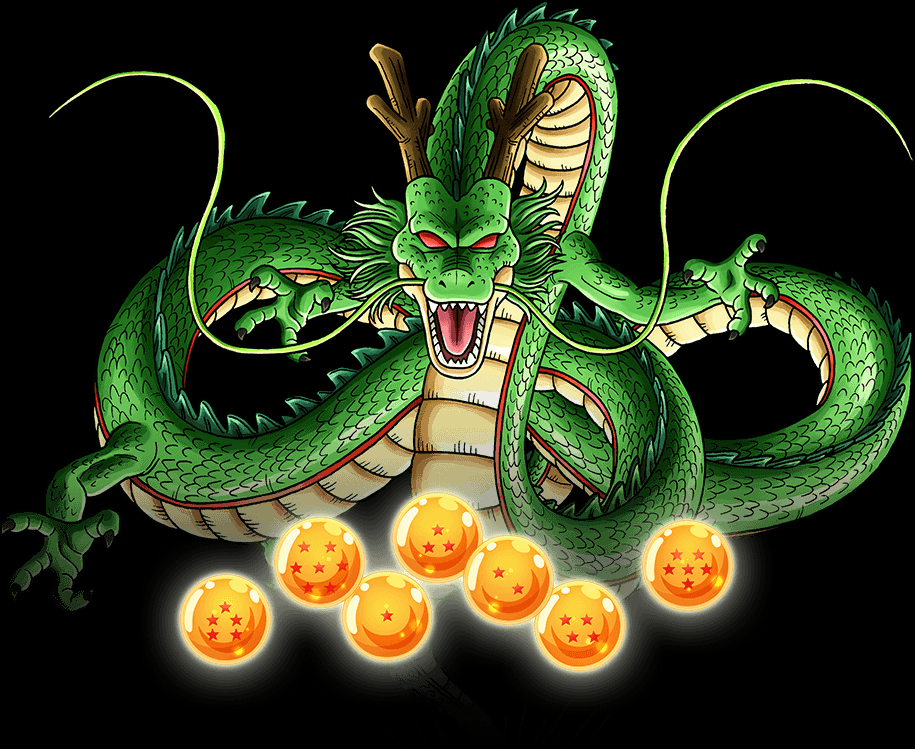
Further, our ancestors knew that this meant that everything that exists in the world deserves to be treated with respect, humility, and gratitude. They particularly expressed this through the worship of Dragons, which in turn allowed them to work harmoniously with the Lunqi and Lunti of the Earth.
Right now, as modern humans, we are currently facing the potential collapse of the Earth's ecosystem, while at the same we are confronted with the explosive emergence of a new digital online ecosystem we commonly refer to as The Metaverse.
Just like The Earth, our new Metaverse is inspirited by Dragons that are its primary algorithm. In fact, when a post goes viral on The Internet, that is digital Lunqi charging through the Lunti of social media platforms.
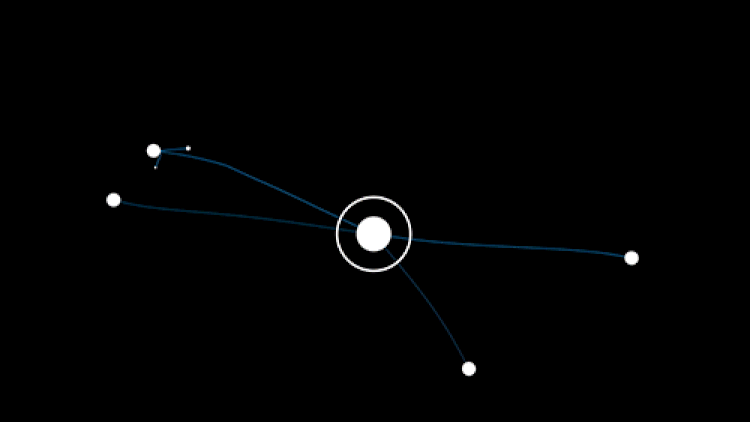
Currently, we are living in a world torn apart by the conflict between the Dragons of IRL and URL ecosystems. This is showing up in our daily lives as ideological polarization driven by social media algorithms, manifesting in wars between online tribes such as the SJW Left and Alt-Right, that are tearing up our real-life relationships.
As Lunmu, we dream of a future in which new lineages of Lunwu (龍巫・Dragon Shamans), guided by their ancestors, may take up their traditional roles and act as mediators of realms online and onland.
We wish for Harmony between Metaverse, New Earth, and Cyborg (愛天新地電人).
We wish for a DAO of Love that is beyond Good and Evil (善悪超愛道).
Thank you for reading and please stay tuned for the second post of this introductory series, coming soon.
To receive updates, plase subscribe to our newsletter here!
Arigato gozaimsu,
Tada Hozumi and Rein Lo (Lunmu)
